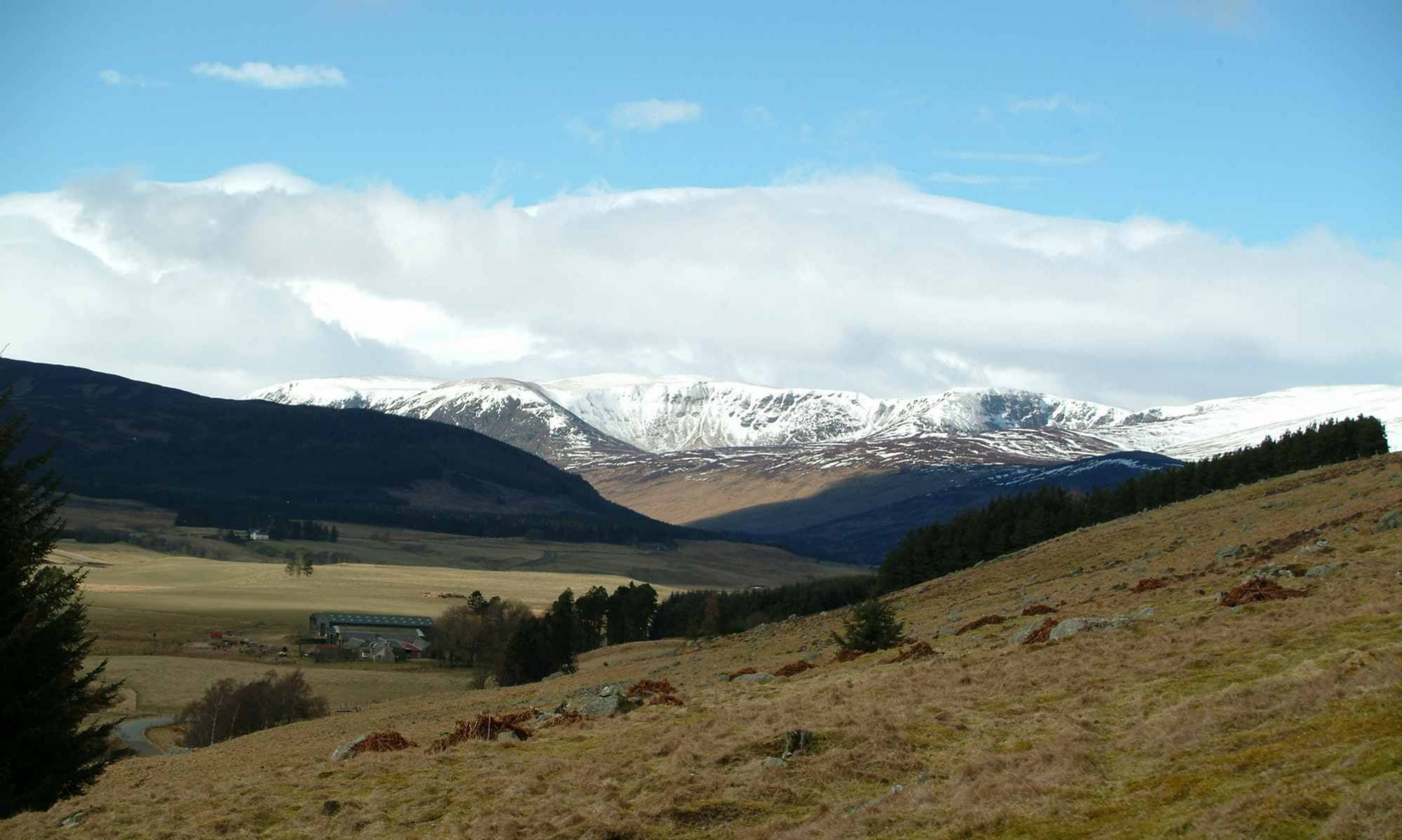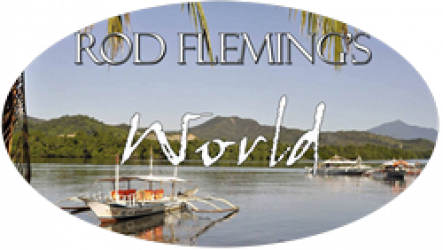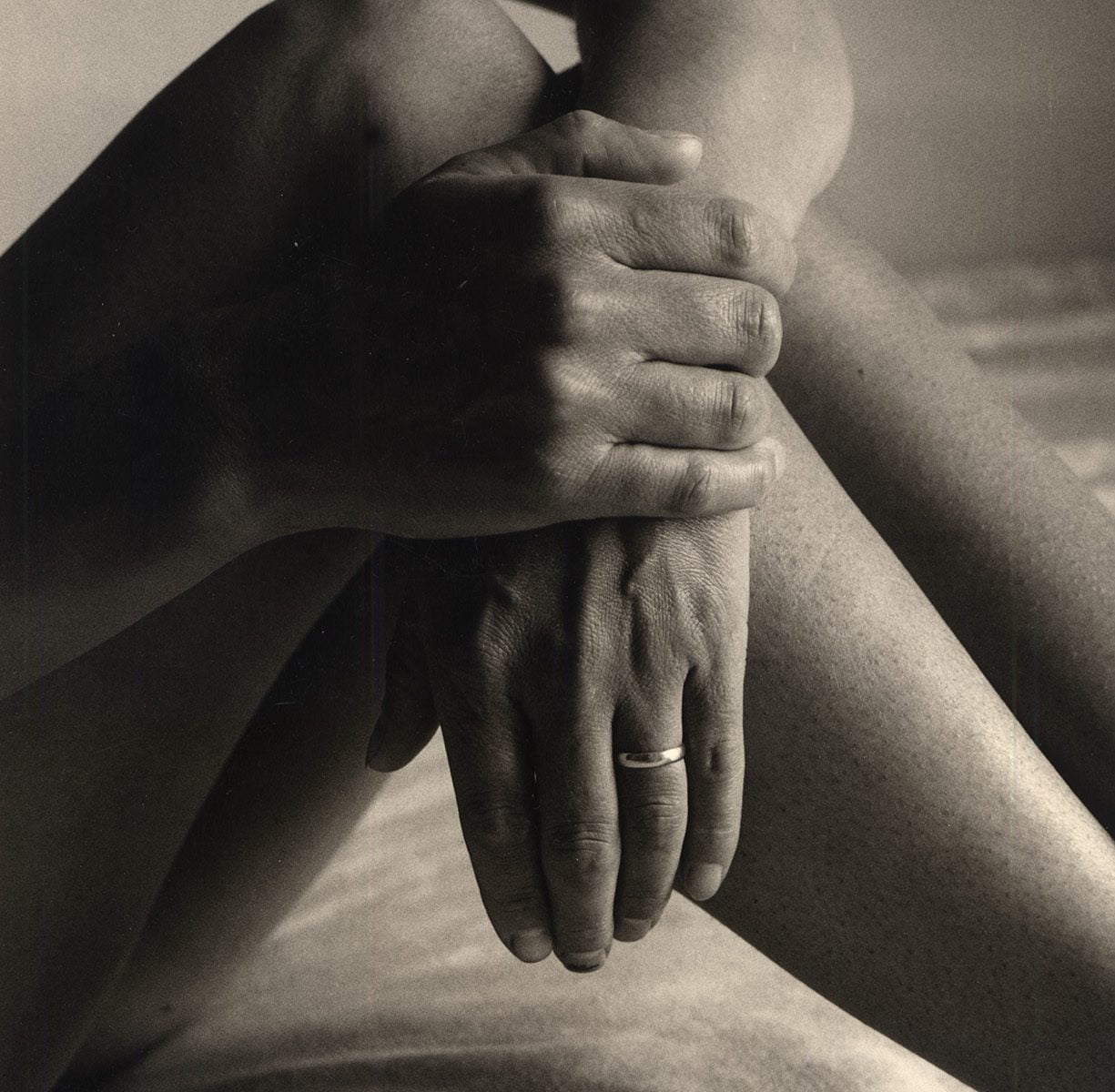The Naked Truth
I grew up in a world where photography, especially monochrome photography, was synonymous with ‘truth’. That was never strictly accurate, of course, and as a photographer I knew the extent to which the truth can be manipulated. Nevertheless, as evidenced by the incredible work we saw every day in the newspapers of the 60s, which I consumed with passion while still at school, a photograph was regarded as an equivalent to reality; it was not just a representation of truth, but an affirmation of it.
“Look,’ it said, ‘This is a true thing; I stand witness to that.’ Even today, when PhotoShop has put tricks of the trade that I spent years learning at the click of an amateur’s mouse, photographs brook no argument. The leaves really were that green, the sunset that orange, the woman so perfect. Yet perfect beauty was never in the sorcery of the darkroom or the airbrush artist’s hand, nor is it in the magic of digital manipulation; real beauty is actually real. It needs no P


